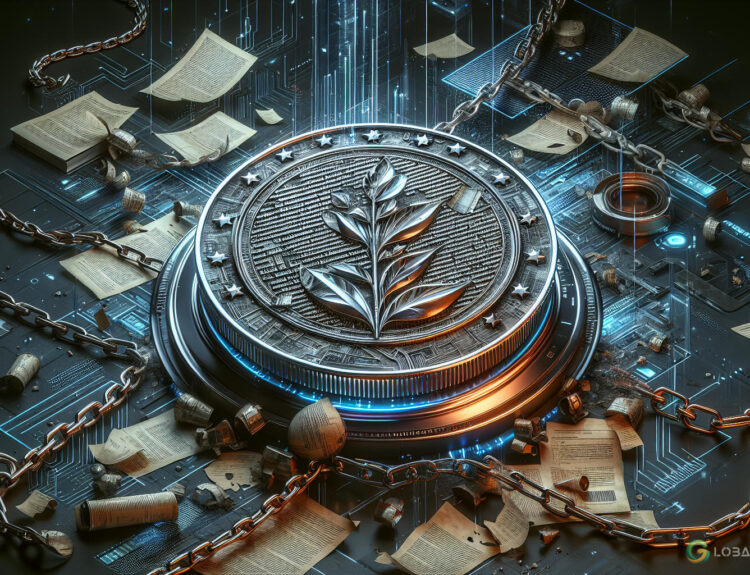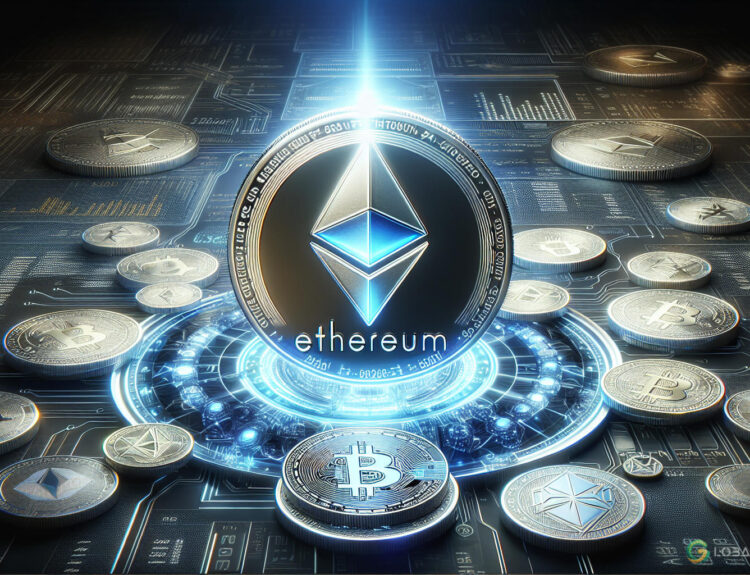“`html
Pi Network price has experienced a significant decline since its mainnet launch in February. The value of Pi Coin dropped to $0.62 on Thursday, marking a 62% fall from its highest point this year and an 80% drop from its all-time high.
Key Factors Behind Pi Coin’s Price Decline
One of the primary reasons for the ongoing price crash is token inflation. Millions of Pi tokens are being unlocked daily, increasing the circulating supply and putting downward pressure on the price. Current estimates suggest that over 1.5 billion Pi tokens will be unlocked within the next 12 months, making the inflationary nature of the token a significant concern for investors.
In contrast, deflationary altcoins—cryptocurrencies designed to reduce their circulating supply through mechanisms like token burns—are gaining traction among investors. Below, we explore some of the top deflationary altcoins worth considering.
1. Binance Coin (BNB)
Binance Coin (BNB) is one of the leading deflationary altcoins, thanks to its robust token burn mechanisms. BNB employs both real-time and quarterly token burns to decrease its supply:
- Real-time burns: A portion of the gas fees collected on the Binance Smart Chain (BSC) is permanently burned. To date, this mechanism has destroyed tokens worth over $172 million.
- Quarterly burns: BSC also conducts quarterly burns based on the number of blocks generated during the period. This process has eliminated over $1 billion worth of tokens per quarter.
The burn program will continue until the circulating supply of BNB is reduced from over 140 million tokens to 100 million. Beyond its deflationary nature, Binance Coin benefits from strong network fundamentals. Over the last 30 days, protocols on BSC have processed transactions worth more than $227 billion—outperforming networks like Ethereum, Solana, Base, Arbitrum, and Unichain combined.
2. Tron (TRX)
Tron (TRX) is another promising deflationary altcoin. Data shows that TRX’s circulating supply has been decreasing steadily, dropping from 101.9 billion tokens in 2021 to 94 billion tokens today. This reduction is driven by its efficient burn mechanism, where more tokens are destroyed than created.
For example, on a single day this week, 7.6 million TRX tokens were burned while only 5.06 million were generated. Tron’s burn mechanism is primarily fueled by transaction fees and smart contract executions. Additionally, Tron is an active blockchain, processing the majority of Tether (USDT) transactions globally. Over the past 30 days, the Tron network facilitated over 268 million transactions, showcasing its utility and growth potential.
3. Terra Luna Classic (LUNC)
Terra Luna Classic (LUNC) has also emerged as a popular deflationary altcoin. Following the collapse of the original Terra ecosystem, LUNC has implemented aggressive token burns to reduce its circulating supply.
Since 2022, over 410 billion LUNC tokens have been burned, bringing the current circulating supply to approximately 5.48 trillion tokens. In the past seven days alone, the network has incinerated over 735 million coins. A significant portion of these burns comes from Binance, which allocates a portion of its LUNC trading fees to burn activities. Other contributors include Terraform Labs, DFLUNC Protocol, LunaticsToken, and MEXC.
Takeaway
While inflationary tokens like Pi Coin face challenges due to their increasing supply, deflationary altcoins such as Binance Coin, Tron, and Terra Luna Classic are gaining investor interest for their supply reduction mechanisms. These projects not only offer innovative deflationary strategies but also maintain strong network activity and utility, making them worth considering for those exploring the cryptocurrency market.
“`
























